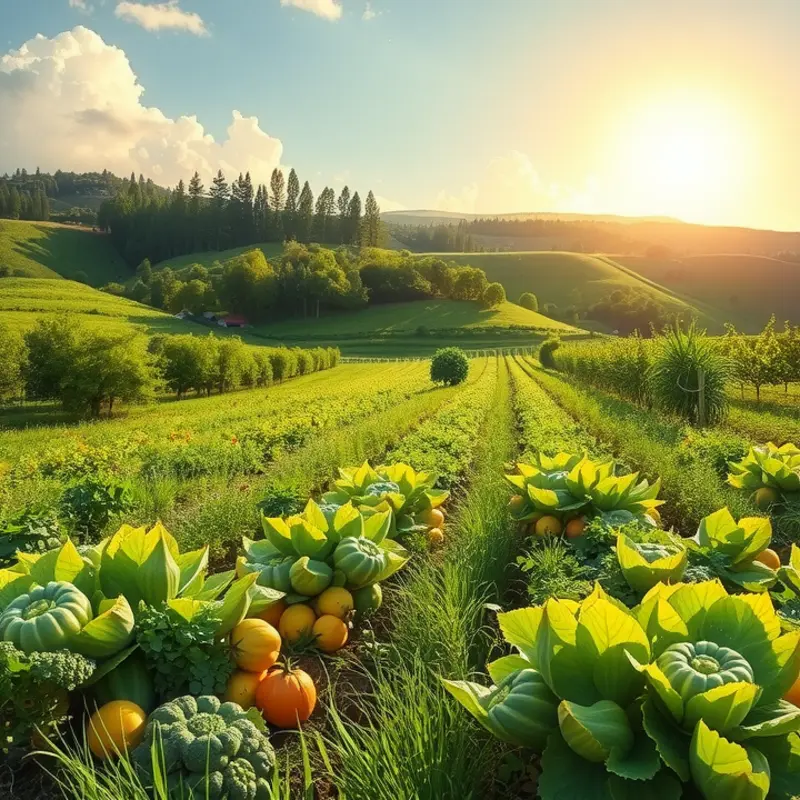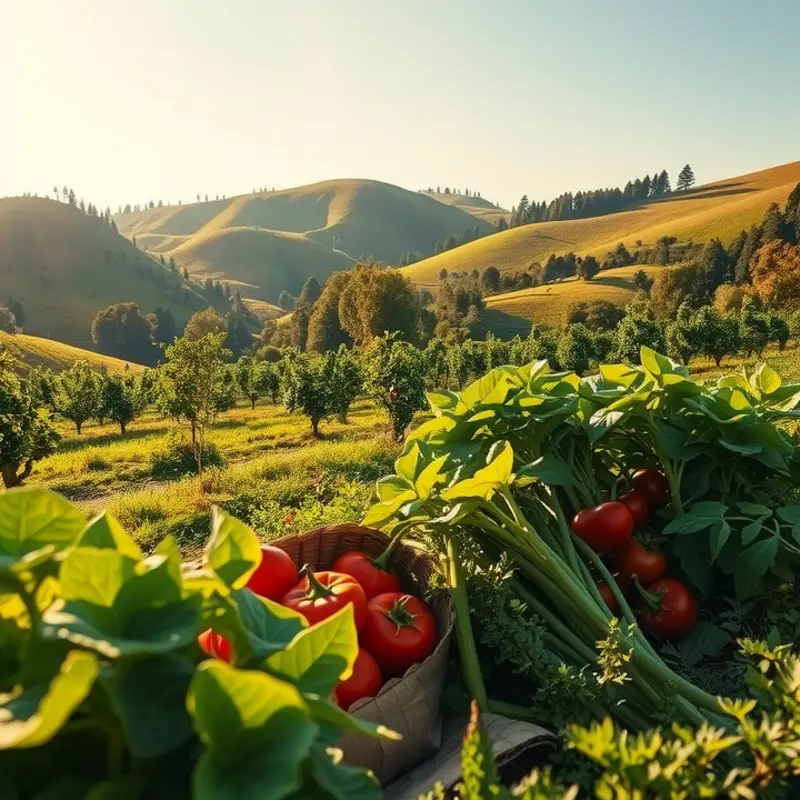Understanding the impact of food choices on our environment is crucial. Carbon-neutral eating not only helps you make healthier choices but also safeguards the planet. By focusing on sustainable, local, and plant-based options, you can significantly reduce your carbon footprint while enjoying delicious meals. This guide provides practical steps to incorporate carbon-neutral eating into your lifestyle, empowering you to contribute positively to the environment.
Understanding Carbon-Neutral Eating

Carbon-neutral eating empowers individuals to make thoughtful food choices with a focus on limiting greenhouse gas emissions. At its core, it prioritizes foods that minimize environmental impact, ensuring a sustainable planet for future generations. By embracing a carbon-neutral diet, we invite a transformation in agricultural systems, food consumption, and global ecosystems.
One of the foundational elements of a carbon-neutral diet is emphasizing plant-based foods. Plants generally require fewer resources and emit lower levels of greenhouse gases compared to animal-based foods. For instance, the production of a kilogram of beef emits significantly more carbon dioxide than the same weight of vegetables or grains. Therefore, by shifting towards a diet rich in fruits, vegetables, legumes, and grains, we can drastically reduce our carbon footprint while improving our health.
Supporting local farms plays a crucial role in reducing emissions. Locally sourced produce cuts down the need for long-distance transportation, which is often reliant on fossil fuels. When you buy local, you not only support the community but also minimize the food miles associated with your meal. This simple shift can contribute to a significant decrease in emissions and help establish stronger local food systems.
Minimizing processed products is another key aspect. Production and packaging consume considerable energy and resources, often resulting in large carbon outputs. Opting for whole foods reduces demand for such energy-intensive processes. Plus, whole foods are often richer in nutrients and devoid of the additives found in processed items.
Seasonal eating complements these efforts by aligning consumer demand with the natural agricultural cycle. Eating seasonally means consuming produce at its peak, when it does not require energy-intensive refrigeration or artificial growing conditions. Seasonal produce is typically fresher, tastier, and less resource-intensive to grow.
Mindful purchasing habits are pivotal in this endeavor. This includes planning meals to avoid food waste, choosing products with minimal packaging, and selecting those made with sustainable practices. For guidance on delightful plant-based recipes, consider experimenting with a Mediterranean chickpea salad.
Through carbon-neutral eating, each meal becomes an opportunity to positively impact our planet. Every small choice you make accumulates into a broader movement for environmental change. As we continue to explore sustainable dietary practices, remember that together, we can tackle climate change one meal at a time.
Practical Strategies for Carbon-Neutral Eating

Transitioning to a carbon-neutral diet means making thoughtful choices in our everyday eating habits. By prioritizing locally sourced ingredients, we significantly cut down the carbon footprint associated with transportation. When you choose produce grown nearby, you’re not only supporting local farmers but also reducing the reliance on energy-consuming logistics.
A crucial step in carbon-neutral eating is adopting meal planning that emphasizes reducing food waste. Planning meals in advance ensures that you buy only what you need, minimizing the chance of letting good food go uneaten and eventually wasted. This thoughtful approach to cooking and food consumption helps conserve resources and lessens your waste impact.
Consider substitutes for high-carbon foods. Meat production is a major contributor to greenhouse gas emissions, and exploring plant-based protein alternatives can make a significant difference. Legumes like chickpeas, lentils, and beans offer nutritional benefits similar to meat without the high carbon costs. They are versatile and can star in a variety of delicious meals, such as a Mediterranean Chickpea Salad found in many sustainable eating guides like those at Hold My Carbs.
Creative cooking can further reduce food waste. Use vegetable peels by turning them into flavorful broths, or repurpose leftovers into new dishes. These practices not only help the environment but also encourage culinary creativity in the kitchen.
Embracing composting is another strategy for reducing food waste. Composting organic scraps prevents them from ending up in landfills, where they contribute to methane emissions. This simple practice enriches soil, benefiting your garden and the planet.
Educate yourself on seasonal produce and make it a habit to shop with the seasons. Seasonal fruits and vegetables typically require fewer resources to grow and can often be found at farmers’ markets, ensuring freshness and supporting sustainability.
A carbon-neutral diet also involves considering packaging. Opt for bulk bins or stores that encourage reusable containers to minimize plastic waste. Be mindful of single-use packaging and seek alternatives that are biodegradable or easily recyclable.
Empower yourself with these strategies and adopt them gradually to create lasting change. Each small step builds towards a meaningful impact, allowing you to enjoy meals while caring for our planet. By integrating these practical strategies, you are taking significant strides towards a more sustainable diet.
Final words
Carbon-neutral eating is not just a trend but a necessary approach for a sustainable future. By understanding the impact of our food choices and applying practical strategies, we can collectively work toward a healthier planet. Each meal presents an opportunity to choose sustainably, support local farmers, and reduce our carbon footprint. Empowering ourselves and others to embrace carbon-neutral eating reaffirms our commitment to the environment and future generations. Let’s savor the eco-friendly choices that nourish our bodies and the earth.








